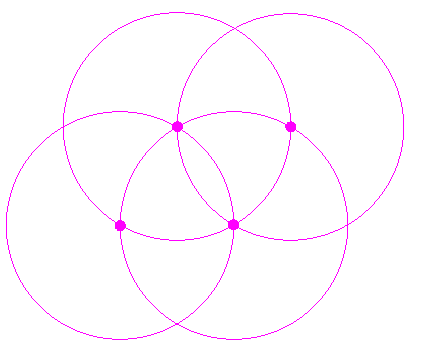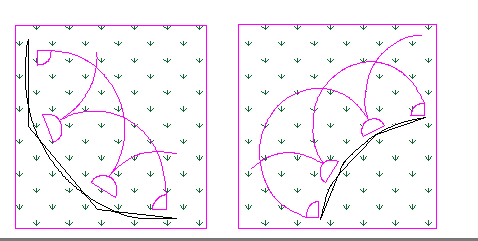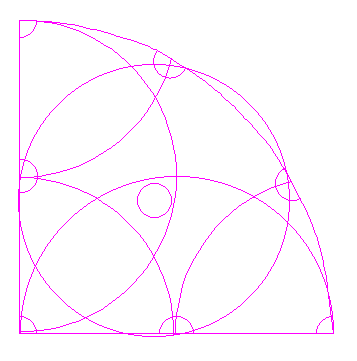- Last updated Oct 25, 2021
- Agricultural Irrigation, Sprinkler Irrigation
Placing of Sprinklers
The importance of proper sprinkler placement cannot be overstated. Once installed, if the irrigation system is not working efficiently, replacing the nozzles or sprinklers may not be sufficient to solve the problem. Replacing the sprinkler spacing after installation may require more time and money.
Traditional spacing methods are based on square or triangular spacing patterns. The distance between the sprinklers in a row and the sprinkler rows is also based on the distance of the sprinkler's throw. The distance decreases with increasing average wind speed or depending on the sprinkler's delivery method.
Square Spacing Patterns
In a square spacing pattern, the sprinklers in a row are at the same distance from the rows of sprinklers. It is sometimes assumed that the square distance provides less uniform coverage than the square triangular spacing. However, in many small landscape areas, it provides excellent protection against overspray and is, therefore, the preferred spacing pattern.

Triangular Spacing Patterns
In a triangular distance pattern, the heads are placed at the corners of an equilateral triangle as shown. At triangular head spacing, the uniformity of coverage is slightly greater than for square spacing patterns.
Triangular spacing is the preferred interval for large terrain areas. The main drawback of triangular head spacing is the tendency to overspray within limits, so it is rarely used in residential or other small area systems.

Curved Landscapes
To design an irrigation system in a curved area, start by placing sprinklers on the edges of the area, and then move inwards toward its center. To determine these locations, convert the curved edge into a series of straight lines, the length of the rows being determined by the sprinkler distance.
Next, place the part-circle heads at each intersection of the two rows. When doing this, place the fully circular heads from the perimeter to the center of the area. Instead of using grid lines to place these interior heads, draw a circular spray pattern on each edge sprinkler and evaluate its position using the manufacturer's spacing criteria. Continue this process as you move toward the center of the area.

The Radius Edge
This type of area presents a problem because it has only one side radius. Normal head spacing should be adjusted or sprinklers of larger or smaller diameter should be used.
Placing the head on an area of radius does not represent an actual square or rectangular area. The head placement should be adjusted to fit the curved edge while maintaining head-to-head coverage.
